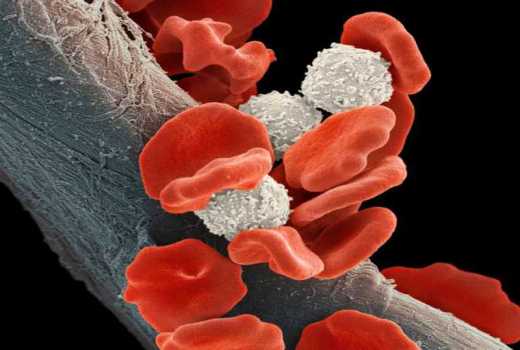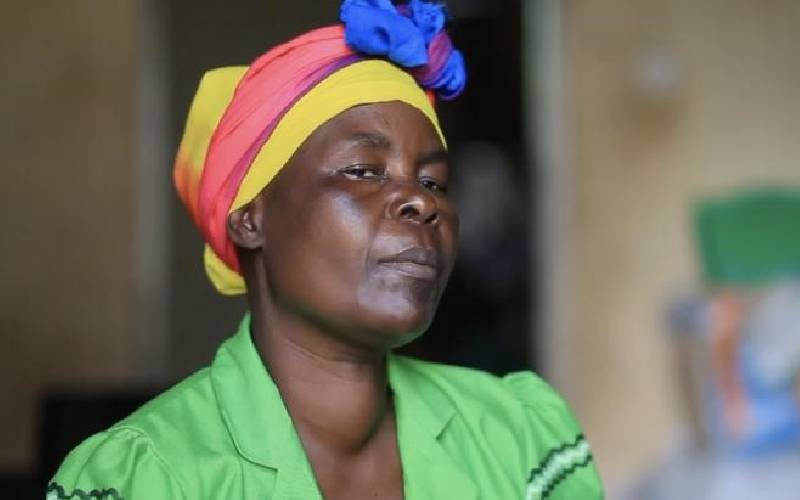
Childhood leukaemia is preventable and likely caused by keeping babies too clean according to a landmark study.
The breakthrough found infants not in contact with bacteria in their first year are left vulnerable to a devastating mutation when they catch their first cold or flu.
That is the new “unifying theory” for the cause of a major form of the biggest child cancer unveiled by the Institute of Cancer Research London today. Researchers summarising 30 years of research in to acute lymphoblastic leukaemia (ALL) found 5 percent of children are born with a “pre-leukaemia” genetic mutation.
Only one in 100 of these will go on to develop the disease. Infants with the pre-leukaemia mutation are more at risk if not in contact with other children which share bacteria and brought up in environments that are too clean.
This deprives these children of protective bacteria so that when they get their first common infection as a toddler it can trigger a second mutation which causes leukaemia.
Lead author Prof Mel Greaves, one of the world’s leading leukaemia biologists, said: “I have spent more than 40 years researching childhood leukaemia.
"It has always struck me that something big was missing, a gap in our knowledge, why otherwise healthy children develop leukaemia and whether this cancer is preventable.
“Infection was first suspected of causing this cancer around 100 years ago. The problem is not infection, the problem is lack of infection.
"The findings relate to the major form of all, called Common B Precursor leukaemia, which make up 75 percent of cases. It offers hope of preventing the disease simply by exposing infants to “common and harmless bugs”.
The authors analysed research from dozens of population wide studies showed spikes in numbers getting the form of blood cancer at a young age in wealthier countries but not poorer ones. As countries industrialised and became wealthier the population tends to have smaller families, become cut off from extended families and live in more sterile environments.
The UK saw huge increases in cases between 1925 and 1950.The authors say other conditions such as Hodgkins Lymphoma and Type 1 diabetes could also be caused by similar mutations when children are not exposed to protective bacteria in their crucial first months.
They identified four protective factors which lower the risk of the disease developing in children born with the “accidental” pre-leukaemia mutation.
These were attending day care centres and socialising with other children in the first year, having older siblings, being breast fed and having a vaginal birth.
Stay informed. Subscribe to our newsletter
 The Standard Group Plc is a
multi-media organization with investments in media platforms spanning newspaper
print operations, television, radio broadcasting, digital and online services. The
Standard Group is recognized as a leading multi-media house in Kenya with a key
influence in matters of national and international interest.
The Standard Group Plc is a
multi-media organization with investments in media platforms spanning newspaper
print operations, television, radio broadcasting, digital and online services. The
Standard Group is recognized as a leading multi-media house in Kenya with a key
influence in matters of national and international interest.
 The Standard Group Plc is a
multi-media organization with investments in media platforms spanning newspaper
print operations, television, radio broadcasting, digital and online services. The
Standard Group is recognized as a leading multi-media house in Kenya with a key
influence in matters of national and international interest.
The Standard Group Plc is a
multi-media organization with investments in media platforms spanning newspaper
print operations, television, radio broadcasting, digital and online services. The
Standard Group is recognized as a leading multi-media house in Kenya with a key
influence in matters of national and international interest.









